Female breasts✨
Greetings, friends of Hive
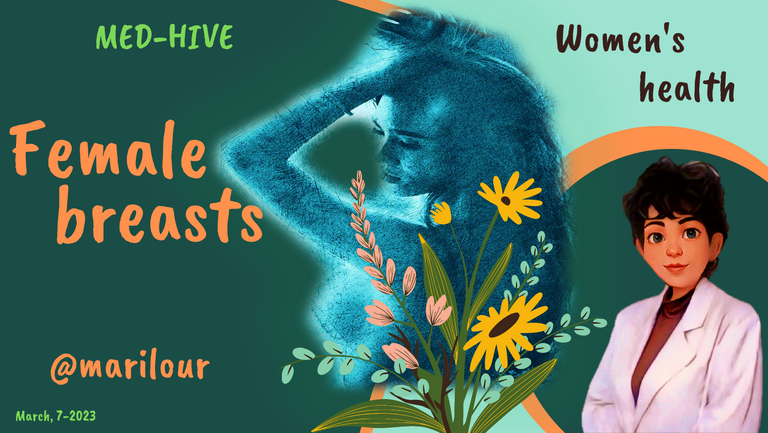
For March, the Med-Hive community has chosen as a theme Women's health, I invite you to join the participation, here is the link.
Our body is our faithful companion, it accompanies us everywhere without us being aware of it. It is mandatory to know its structures and its main functions, to familiarize ourselves with its strengths and weaknesses, only in this way we will be able to develop our daily life properly. If due to some condition, it becomes maladjusted (disease), we will be limited in our activities, because we will not be able to do so. Consequently, we need him to be healthy.
This wonder of creation, yes, our body, is sometimes mistreated, neglected, and misunderstood by our inadequate habits. And in derivation it expresses itself, with sensations, signs, and symptoms; because our structures, organs, glands, tissues, and cells work in total harmony, being in most cases, our actions the ones that unbalance and overload.
Let us then continue the journey through our bodies. In this opportunity, we will travel in the knowledge related to female breasts. We will discuss the basic structural definitions, functioning, and care to keep them healthy.

Breast and Adjacent Lymph Nodes. Internal structure.
Credit: Don Bliss Public Domain.
Female breasts
The breasts, a very important part of the female body, are present in pairs, one on each side of the anterior chest wall. One breast is slightly larger or different from the other and this is normal. The shape is hemispherical in young adult women, but they become pendulous in later life. Their weight is variable, usually in the range of 500 and 1000 grams for each breast. They serve nutritional (lactation), aesthetic (attractive property), and sexual (provide pleasure) functions.
They are formed by different types of tissue: glandular (lobules and mammary ducts) produce milk, fibrous or connective (ligaments and scar tissue) keep the other tissues in place, and adipose (fat) is responsible for the size of the breasts. Lymph nodes, blood vessels, and nerves are also present.
It is necessary to clarify that the existing muscles in this area connect the breasts to the ribs (bony structure) but are not part of the breast, i.e. there is no muscle in the breasts.
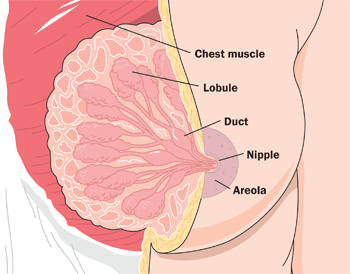
The internal and external structure of the breast. Front view.
Credit: NCI NIH Public Domain.
For didactic purposes and better understanding, let's talk about a non-visible part (lobules and mammary ducts) visible (nipples and areolas).
Lobules
These are sac-like glands surrounding the nipple, arranged in clusters. The lobules divide into lobules (smaller) and end in small bulbs that produce milk. Each breast has approximately 15 to 20 lobules.
Ducts
These are thin, branching tubes that carry milk from the lobules to the nipples.
Nipple
Located in the center of the areola. Each nipple contains about nine milk ducts and nerves. The minimum length of the nipple necessary for successful breastfeeding is about seven millimeters. There is variability in the shape of nipples, they can be flat, short, and even inverted, which can make breastfeeding difficult for some women.
Areola
This is the circular, darker area of skin surrounding the nipple. It contains Montgomery's glands or tubercles, which during lactation produce an oily secretion that lubricates the nipple and surrounding skin to prevent cracking of the nipple and areola.
The shape, size, and color of the nipple and areola vary considerably from one woman to another.
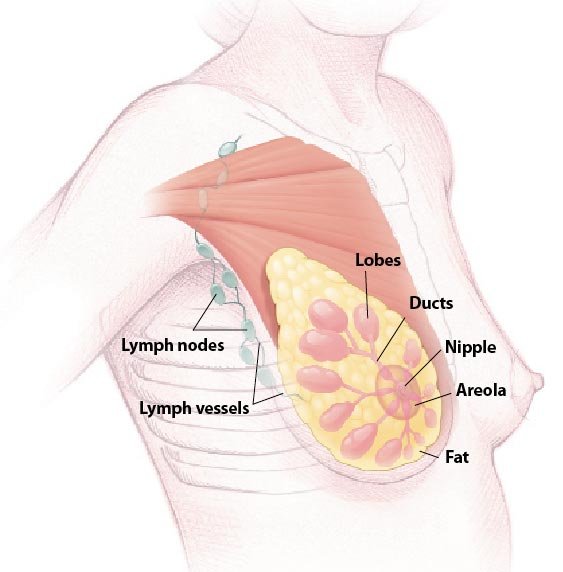
A diagram of the mammary gland.
Credit: NIH Public Domain.
Lymph nodes
They are part of the lymphatic system. They are small organs distributed throughout the body, are bean-shaped, and help fight infection. Protection is provided by the production and filtration of lymph (colorless fluid) containing white blood cells (cells responsible for defending against infection). The lymph nodes that protect the breast are mainly located in the armpit, clavicle area, neck, and thorax.
Blood vessels
The mammary glands are extremely vascular organs. The blood vessels in this area allow blood to circulate throughout the breasts, thorax, and the entire body. They provide oxygen to the breast tissue and remove wastes.
Nerves
Hundreds of nerve endings are found in the breasts, making them very sensitive to touch and arousal.
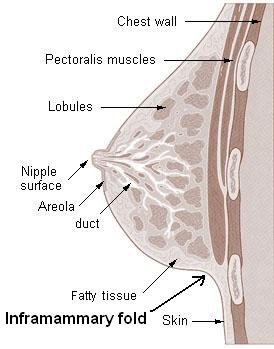
Internal structure of the breast. Side view.
Credit: Mikael Häggström Public Domain.
Breasts and hormones
Female hormones (estrogen, prolactin, and progesterone) have important functions in the breasts:
- Estrogen, dilates ducts and creates branches for milk.
- Prolactin, stimulates the production of progesterone and lobules to produce milk.
- Progesterone, increases the number and size of lobules. It also enlarges the blood vessels after ovulation. This is why many women experience swollen and much more sensitive breasts during this phase.
Breast self-exam
Examining our breasts helps us to become familiar with their appearance and characteristics, as well as to educate our fingers so that they can detect any eventuality early. It only takes a few minutes. You can do it lying in bed, taking a shower, or in front of the mirror.
Ladies, we should perform breast self-examination every month and be observant, and vigilant in the presence of "changes", to seek help and timely assessment.
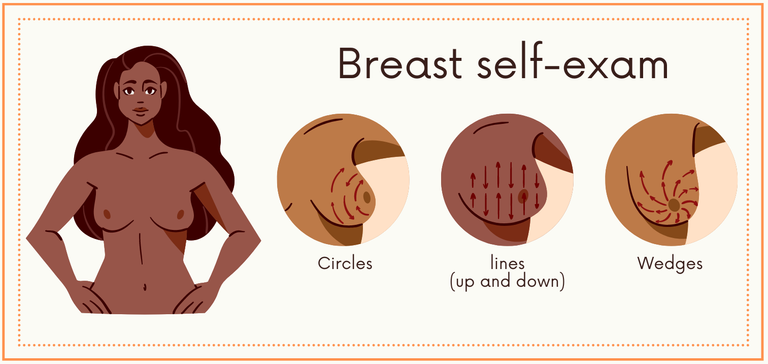
Diagram made in canva (with its royalty-free elements).
If you are of childbearing age, self-examination should be performed approximately 10 days after menstruation. If you are of menopausal age, choose a fixed day per month.
Observe the breasts, their size, and their shape, looking for changes in skin texture, such as dimpling, puckering, lumps, or rashes. Also, look for nipple discharge or inverted nipples.
With your fingertips, gently palpate each breast in three directions: circles, lines, and wedges.The purpose is to get used to feeling and recognizing your breasts. This will help you find something new or different.
Final considerations
Knowing and becoming familiar with our breasts is fundamental to understanding and applying prevention.
A good diet with fresh foods will always help maintain a healthy body, including the skin and its elasticity.
Practicing physical exercise strengthens the pectoral muscles (thorax region).
It is suggested not to wear a bra at bedtime so that circulation is not affected.
Maintain good hydration and apply moisturizing and nourishing creams, preferably after bathing.
The bra should be chosen prioritizing comfort. The design, size, and material should be carefully selected, according to the volume of the breasts. The bra should provide good support without constricting.
Maintain correct postural hygiene.
Be constant in the visits to the health specialist.
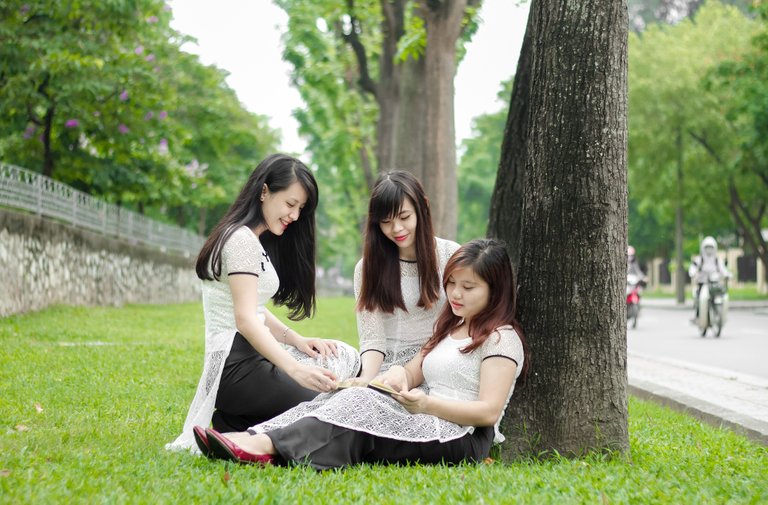
Credit: Tungnguyen22 Public domain
Bibliographic references consulted
-Cleveland Clinic. Breast anatomy. [Internet]. 2020. [quoted 2023 March] Available at
-Cleveland Clinic. Breast self-exam. [Internet]. 2021. [quoted 2023 March] Available at
-Johns Hopkins University. Anatomy & physiology of the breast. [Internet]. 2023. [quoted 2023 March] Available at
-Khan Y., Sajjad H. Anatomy, thorax, mammary gland. [Internet]. 2022. [quoted 2023 March] Available at
-McCool W., Stone-Condry M., Bradford H. Breast health care: a review. 1999 [Internet]. [quoted 2023 March] Available at
-Memorial Sloan Kettering Cancer Center (MSK). Anatomy of the breast. [Internet]. 2023 [quoted 2023 March] Available at
-PACE Hospitals. Breast Self Examination. [Internet]. 2023. [quoted 2023 March] Available at
-Rivard A., Galarza-Paez L., Peterson D. Anatomy, Thorax, Breast. [Internet]. 2022. [quoted 2023 March] Available at

About the cover: is an original production made with the program Canva (free version), using royalty-free elements. The avatar is a product of a photograph of my property, processed with the Toonlab application. An image was included in the cover, this is the source.The written production has been created exclusively for this participation.
https://www.deepl.com
Other publications
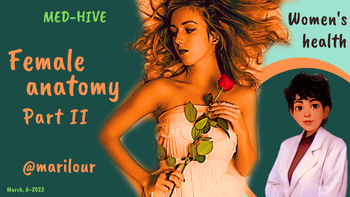 | |
|---|---|
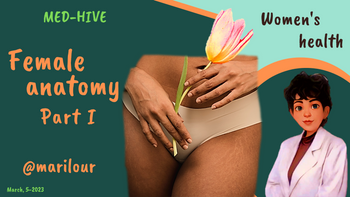 | |
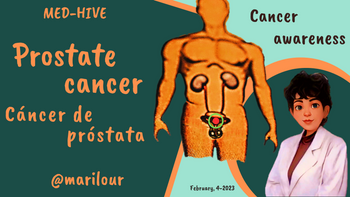 | |
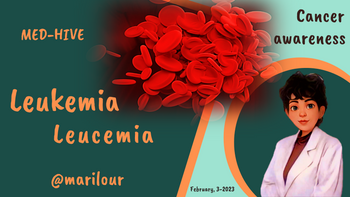 |
https://twitter.com/1519360679899275265/status/1637626143468580865
The rewards earned on this comment will go directly to the people( @marilour ) sharing the post on Twitter as long as they are registered with @poshtoken. Sign up at https://hiveposh.com.
I really love science because of the generalization 😍
Glad to read from you once more.. you definitely touched all areas pertaining to the breast without leaving any stone unturned.... Thanks
That advice on breast examination is also very important as it will help in early detection, treatment and management of lump before it gets very serious, hopefully, it will be a benign lump.
Thanks a lot
Hello @sperosamuel15. Grateful for your kind words, I sincerely appreciate it.
Thank you for your appreciation and valuation of the publication made. Very true only with early assessment, we can make proper prevention and avoid greater evils, that offers us the breast self-examination.
Happy week.
You're welcome
Thank you for the very substantive information doctor @marilour a pleasure to meet you. I will take into account the recommendations, about knowing my breasts in order to be aware of any changes. I think that if you do your best to maintain care and vigilance, you can take care of any disease in time. 🙏
I will continue to keep an eye out for the next topic. 👍🤗
Hello @elizpc, it is also a pleasure for me to meet you. Grateful for your opinion and assessment on the subject.
Wonderful that these elements referred to in this publication, contribute to strengthen your knowledge, towards the main purpose which is the prevention of our health.
Much truth in your wise words, thank you for your contribution and participation.
Until another opportunity.
Happy and blessed week to you and yours.
Yay! 🤗
Your content has been boosted with Ecency Points, by @almajandra.
Use Ecency daily to boost your growth on platform!
Support Ecency
Vote for new Proposal
Delegate HP and earn more
Thank you very much for your support. Thank you @almajandra, thank you @ecency team.
You're welcome @marilour. I will support your good work whenever I can. Thanks @ecency team
!LUV
Happy day @marilour
This is very educative and I am glad I found this post. Thanks for sharing such an insightful post
Hello @balikis95 , nice to greet you. I hope you are well with your family and friends. Thank you very much for your visit and your kind words.
Happy week.
Thanks for sharing too and I am well. I hope you and your family are good too.
Have a nice day
The lessons on human anatomy always gave everyone lots of embarrassed giggles and red faces when we were kids in school. Good times! 🤣 !PIZZA
Hi @blitzzzz, your reminiscence made me go to my past. Yes I lived it too 😄✨ , yes wonderful times. Thanks for bringing back those memories. Thanks for your visit, happy week. 👋😉🙏
PIZZA Holders sent $PIZZA tips in this post's comments:
@blitzzzz(14/20) tipped @marilour (x1)
Join us in Discord!
Very grateful to the @ladiesofhive team for the support.
!LUV
!LOLZ
lolztoken.com
Lack of concentration.
Credit: reddit
@marilour, I sent you an $LOLZ on behalf of almajandra
(1/1)